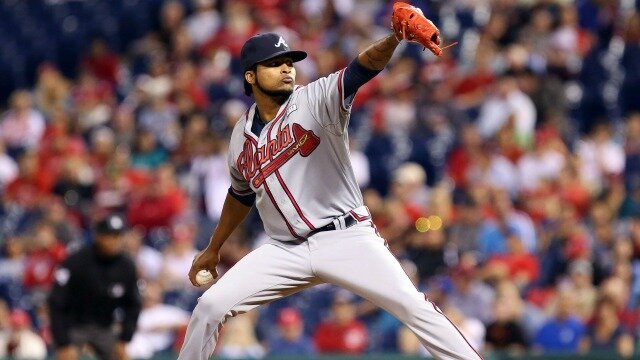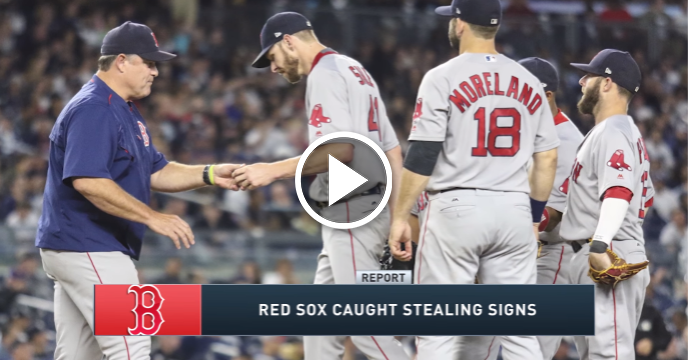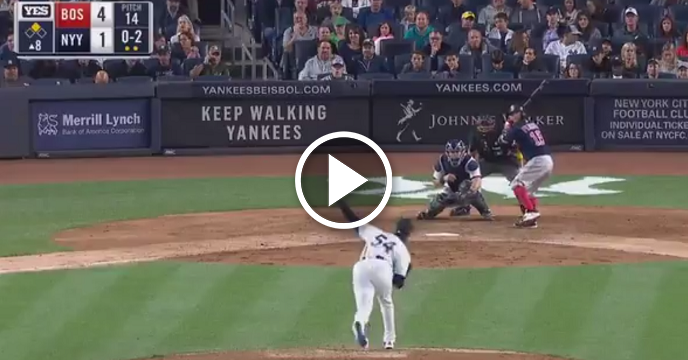
The New York Yankees have a clear need at starting pitcher. In 2014, the 3.77 ERA posted by their starting rotation ranked just 17th in the league, but not even that tells the whole story. The rotation struggled mightily with injuries, and only Hiroki Kuroda made more than 20 starts.
Because of this, it makes sense that the Yankees would be seeking a starter on the free agent market this offseason. Given their seemingly unlimited financial resources, they could make a play for almost any starter on the market if they so choose. With that in mind, would the Yankees be better off adding one ace, or should they target multiple mid-tier starters?
If the Yankees are going after an ace, it seems likely they would pursue Max Scherzer. Of the “big three” starters on the market (Scherzer, Jon Lester and James Shields), they have been most commonly linked with Scherzer. So, let’s take a look at the value that he would provide.
At the very minimum, Scherzer seems likely to make $20 million per year over six or seven years; however, it is more likely that his AAV approaches $25 million. Over the last five seasons, Scherzer has produced an average of around $22 million of value per season, according to Fangraphs. Over the past two seasons, when Scherzer has been by far at his best form, that has increased to an average of $31.35 million per season.
It seems reasonable that Scherzer could produce excess value, likely around $5 million per season, for the first couple years of his deal. However, he is by no means young at 30 years old, and he is likely to start declining sooner rather than later. That also assumes Scherzer stays healthy, and if he were to suffer an injury, his ability to produce excess value would be in question.
For the two mid-level starters, let’s use Ervin Santana and Brandon McCarthy. For Santana, it is reasonable to see an AAV in the $12-14 million range, while McCarthy figures to see around a $10-12 million AAV. So, put the two together, and it is likely that the Yankees could sign both Santana and McCarthy for around the same amount of money per year that they would sign Scherzer, though neither would require the same length commitment that Scherzer would.
Over the past two years, Santana has been worth an average of $15.05 million of value per season. This means that on his deal, he could potentially be worth $1 million to $3 million in excess value per season. As with Scherzer, he would have to avoid injury, and Santana will pitch all of 2015 at age 32, so a decline may be coming.
McCarthy is an interesting case in terms of value, and he is not as much of a known quantity as either Santana or Scherzer. He has shown great upside, and was worth $16.6 million of value in 2014 and $20.4 million in 2011, but he averaged just $8.5 million of value in 2012 and 2013.
While McCarthy is likely a hit-or-miss guy, let’s use his average of $13.5 million over the last four years for the sake of this argument. This would put him somewhere between $1.5 million and $3.5 million of excess value in 2015. There is some risk involved, as McCarthy has had injury struggles in the past, but he also has shown the upside of much more, so this is a reasonable middle ground.
Add Santana and McCarthy’s potential excess value up, and it is somewhere in the ballpark of the $5 million of excess value that seems reasonable for Scherzer. So, in terms of excess value, there is not a clear edge on which route the Yankees should take.
In terms of pure value, it also seems roughly even. McCarthy and Santana have combined to average 6.15 fWAR over the past two seasons, and Scherzer has 6.0 fWAR per season over that time. Once again, neither option distinguishes itself, though if McCarthy did pitch to the best of his ability, it could tip things slightly in favor of signing McCarty and Santana over Scherzer.
There are factors beyond value, however, that suggest signing McCarthy and Santana would be the better route to go.
First of all, by signing both McCarthy and Santana instead of Scherzer, the Yankees would be following the old financial adage of diversifying their investments. In baseball terms, this means that signing both McCarthy and Santana would lower their risk of something going wrong. Say they sign Scherzer and he suffers an injury that requires him to miss a season. This would be a $25 million sunk cost to the Yankees.
However, if they signed both McCarty and Santana and one of them were to go down to a season-ending injury, they would only be losing around $12 million. Signing both would help limit their risk to a catastrophic injury or unexpected decline in performance.
Scherzer also would require a longer commitment than McCarthy and Santana, which would make age a factor. McCarthy and Santana will receive, at most, four-year deals, but could also each conceivably get three-year deals. Scherzer, meanwhile, seems destined for a six or seven-year contract.
McCarthy and Santana would finish four-year deals at age 35 while Scherzer would finish his seven-year deal at age 37. This may not seem like a huge difference, but since 1990, pitchers aged 35 have posted 30 seasons of 3.0 fWAR or better while pitchers age 37 have only posted 15 seasons of 3.0 fWAR or above. Clearly, this is a time of significant decline for pitchers, and having McCarthy and Santana on shorter deals would benefit the Yankees.
Additionally, shorter deals mean less guaranteed money. If McCarthy and Santana each signed for $12 million per year for four years, they would cost a total of $96 million. Scherzer for seven years at $25 million would mean a guarantee of $175 million.
Once again, we come back to risk. If McCarthy or Santana saw a sudden drop in performance or a career-ending injury, the Yankees would have to eat less money than if Scherzer were to do so. This is another advantage for signing McCarthy and Santana.
Clearly, these cases prove that signing two mid-tier starters would serve the Yankees much better than signing an ace like Scherzer. While it may not mean much in terms of pure value and value relative to their contracts, this strategy spreads around risk, which is a huge deal — especially for aging pitchers who have plenty of mileage on their arm.
Drew Jenkins is an MLB writer and Sabermetrics Columnist for www.RantSports.com. Follow him on Twitter @DrewJenkins77, “Like” him on Facebook, add him to your network on Google, or contact him at [email protected].
 Share
Share 










